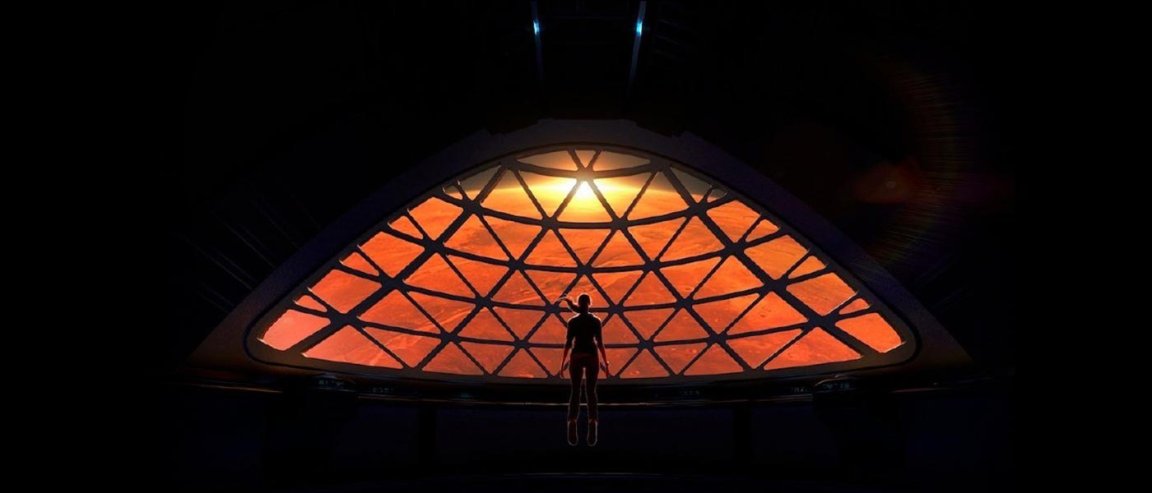
Equipment and the ITS
This past weekend, Elon Musk hosted a Reddit “Ask Me Anything” (AMA). The founder and CEO of SpaceX prompted Redditors to “ask me anything about becoming a spacefaring civ!” The AMA, which Musk noted was meant so supplement his IAC talk, focused on the Interplanetary Transit System (ITS) and SpaceX’s overall plan.

Musk divulged that the ITS would be able to travel from Mars back to Earth at any point during the planets’ orbits – i.e. it won’t be necessary to wait months for the perfect trajectory. There’s a big hang up with the ITS, though: SpaceX must figure out how to seal the carbon tanks in the ITS booster against cryo propellant.
“The oxygen tank also has an oxidation risk problem as it is pressurized with pure, hot oxygen. Will almost certainly need to apply an inert layer of some kind. Hopefully, something that can be sprayed. If need be, will use thin sheets of invar welded together on the inside.”
But don’t forget the successes SpaceX has recently achieved. The ITS itself is pretty robust. Musk noted that it could handle peak loads of 10 to 15 g’s without breaking up. For reference, a nominal reentry for the Space Shuttle went through a max of about 3 g’s during launch or reentry.
Further Musk seemed pleased when one Reddit user brought up the massive carbon fiber oxygen tank for ITS:
“For those that know their stuff, that was really the big news 🙂 The flight tank will actually be slightly longer than the development tank shown, but the same diameter. That was built with latest and greatest carbon fiber prepreg. In theory, it should hold cryogenic propellant without leaking and without a sealing linker.”
Home Sweet Home
Musk says we will see live mock-ups of the interior of the ITS in about a year or two. But what about our homes on the red planet?
Initially, Musk envisions “glass panes with carbon fiber frames to build geodesic domes on the surface, plus a lot of miner/tunneling droids. With the latter, you can build out a huge amount of pressurized space for industrial operations and leave the glass domes for green living space.”
But before all that, we have to get our resources squared away.
SpaceX is far from figuring out refueling in detail. The current plan begins with sending Dragon out on unmanned scouting missions. These will be to make sure we know “how to land without adding a crater” and then figure out the best way to get water for the CH4/O2 Sabatier Reaction.
Next, the ITS flies to Mars, loaded with equipment to build the propellant plant. The first crewed mission follows with equipment to build a rudimentary base and complete the propellant plant. Finally, SpaceX will try to double the number of flights with each Earth-Mars orbital rendezvous, which is every 26 months, until the city can grow by itself.
Simple, right? It’s evident from the AMA that SpaceX still has quite a bit to figure out, but also has an ever-increasing amount of support to do so.